3GPP defined the functional splits in 38.801 to formalize potential protocol split options. Functional splits are intended to allow functions to run in a central location ( ex. Data Center ) Vs. distributed in the radio heads ( ex Site Location). There are 4 factors to be taken into consideration when choosing the right functional […]
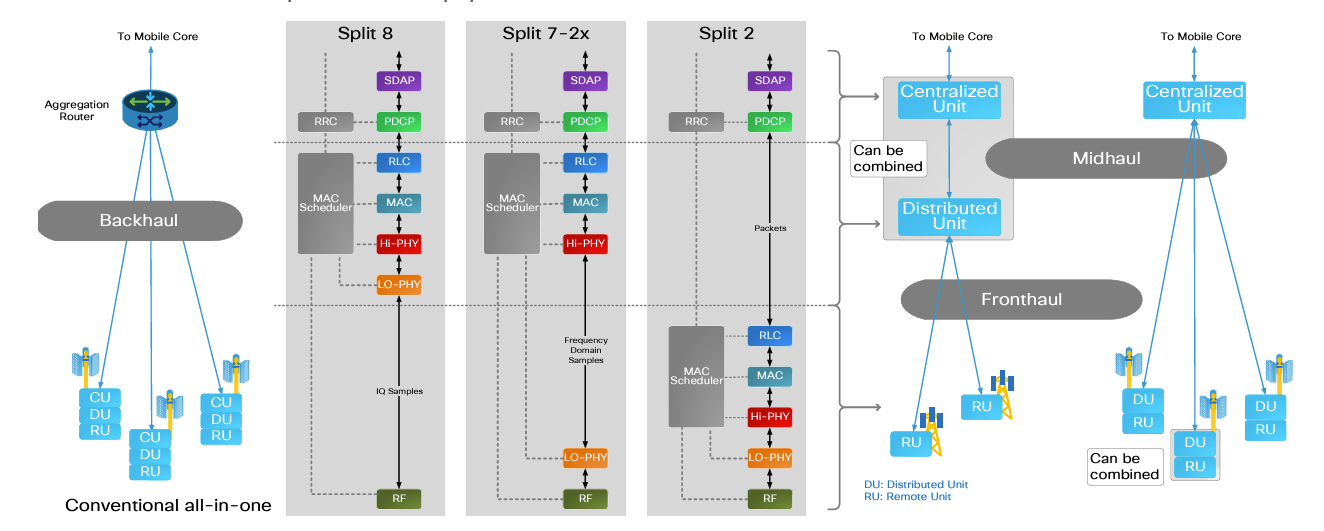
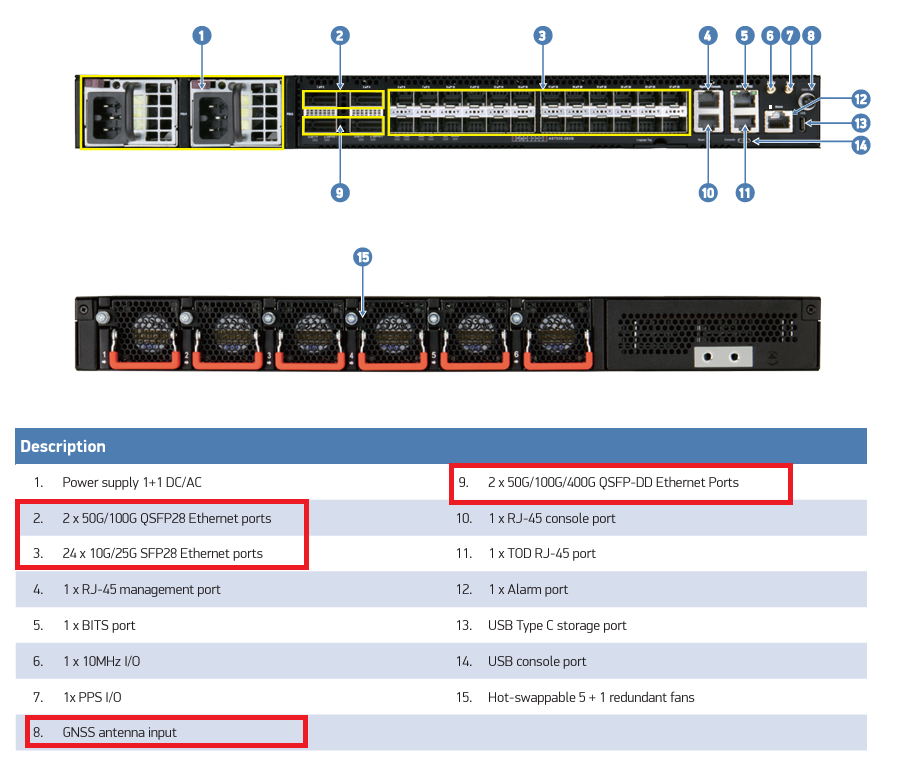
An Open RAN (O-RAN) is a nonproprietary implementation of a RAN that allows interoperability between cellular network equipment provided by different vendors. Mobile Network Operators (MNOs) are virtualizing the RAN to achieve cloud-like agility and economics. As per statistics, The virtualization of the RAN network is expected to grow at a 19% CAGR (compound annual […]

Going from expectations to reality means Open RAN is on the right road to go from reality to expectations. It’ll take some time and needs more cooperation between MNOs and OpenRAN vendors. Open RAN is about choosing the optimal product from a variety of products that meet specifications for each function -> Meaning avoiding Vendor […]
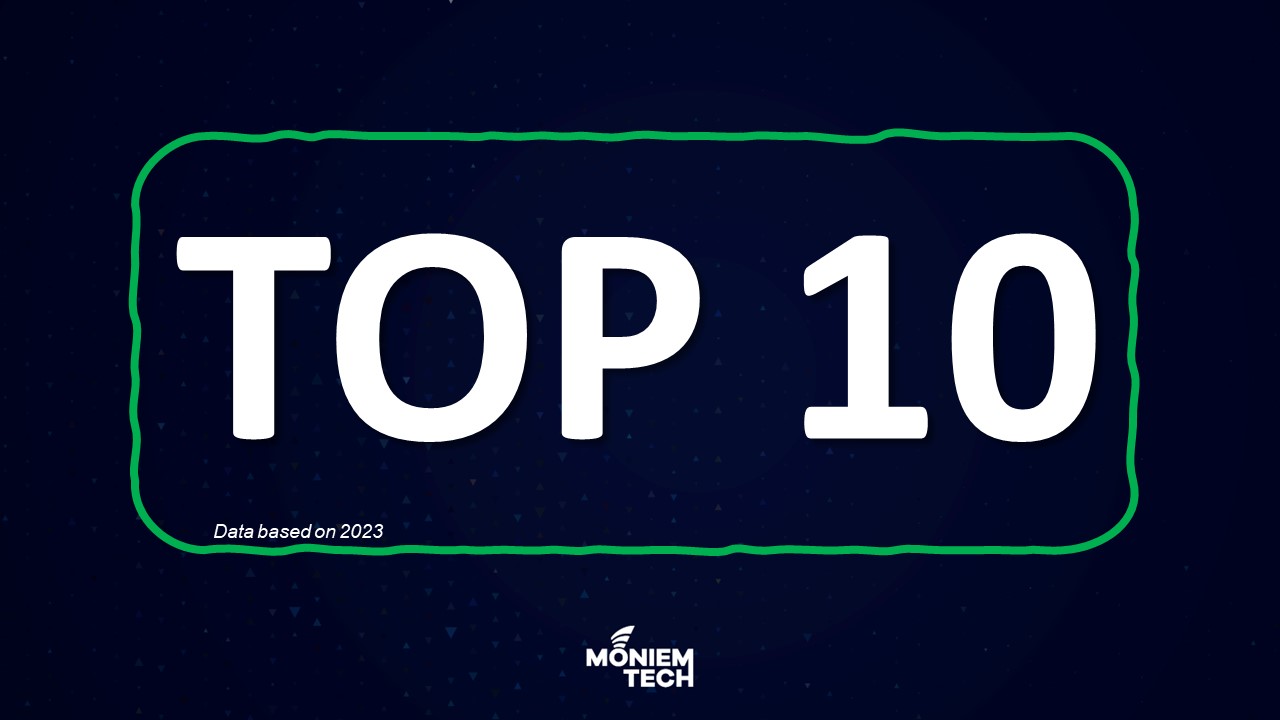
In this article, I summarize the top 10 most-read articles in 2023 on my website as below: What are C/U/M/S Fronthaul (FH) Planes in ORAN? https://lnkd.in/d4Ts_kfJ Why 7.2x split is the Best Split Option? https://lnkd.in/dKECHY9W What is The Difference between MORAN and MOCN? https://lnkd.in/gFVqF8hM Everything You Have To Know About PTP or Precision Time Protocol? […]

vRAN and OpenRAN are not new generations like 4G, 5G, or even 6G. It’s a new way of implementing of access domain in a new way helping at the end to improve the flexibility, cost, and agility in the RAN domain. Some points should be considered below: Selecting the right vendor that has a good solution that […]

Home Subscriber Server (HSS) is the main subscriber database used within the IP Multimedia Subsystem (IMS) which provides details of the subscribers to other entities within the network.

Open RAN by disaggregation involves CU (Centralized Unit) and DU (Distributed Unit) virtualization. By decoupling hardware and software, Open RAN makes it possible to select different vendors and solutions for hardware and software and to manage their lifecycles separately. More specifically, this makes it possible to use COTS (Commercial off-the-shelf) general-purpose hardware in the RAN and avoid […]

More pressure now on all MNOs to improve their spectrum utilization and resource efficiency to the maximum to cover all upcoming use cases that need different QoS and requirements. One of the most promising solutions is to shut down the legacy network technologies 2G and/or 3G to utilize their spectrum towards 4G or/and 5G. As […]
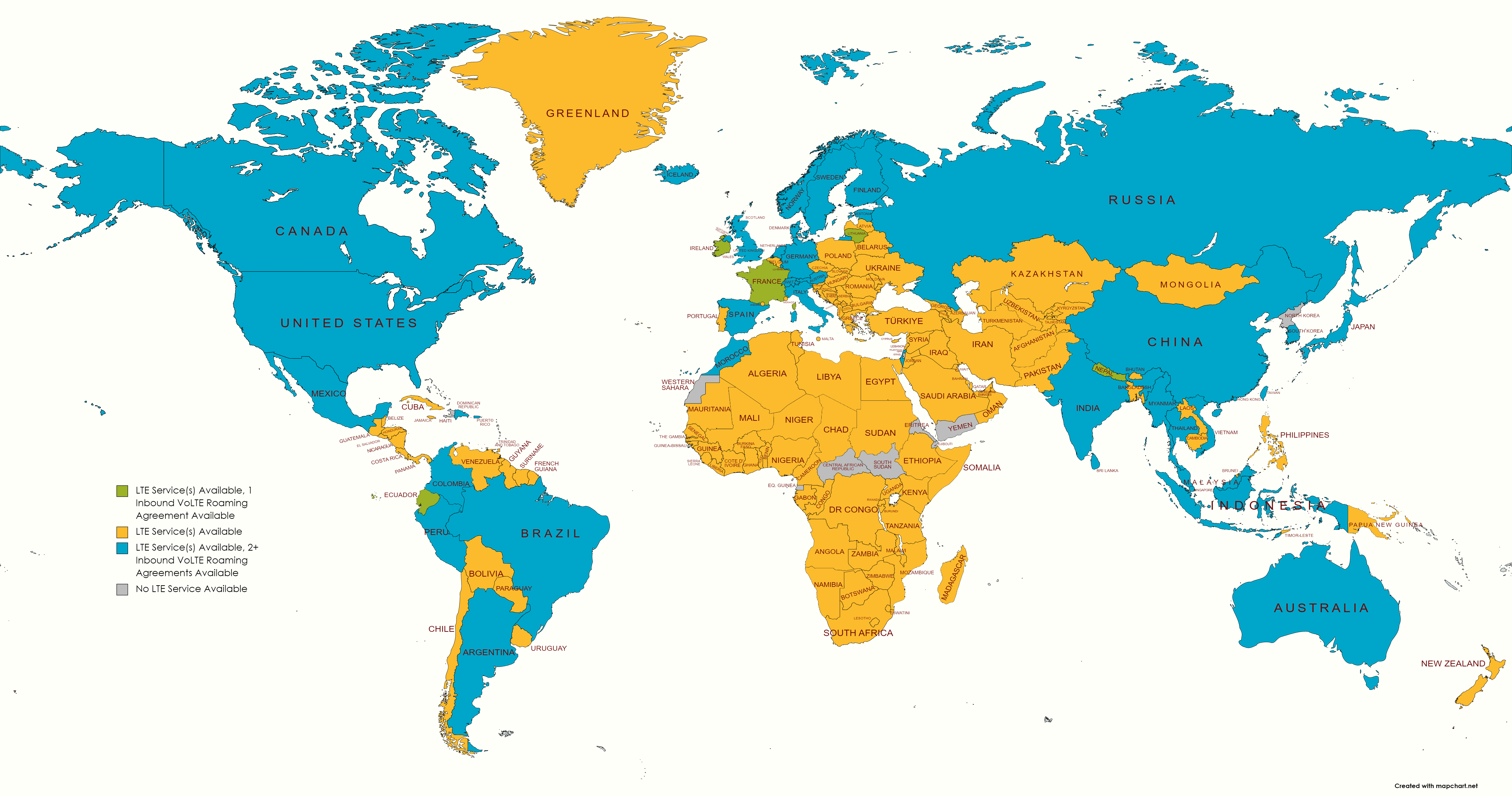
The 3rd Generation Partnership Project (3GPP) architecture has introduced a subsystem known as the IP Multimedia Subsystem (IMS) as an addition to the Packet-Switched (PS) domain. IMS supports new, IP-based multimedia services as well as interoperability with traditional telephony services. Voice Over LTE (VoLTE) is the technology to provide Voice service over LTE, However, not […]
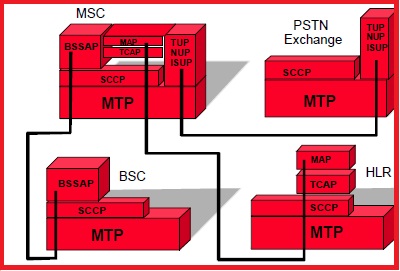
The telecommunications industry heavily relies on various protocols to facilitate the exchange of information between different network elements. One of the most important protocols in this context is the SS7 protocol. What is SS7? The SS7 protocol (Signaling System 7) is a set of signaling protocols used to control the setup, management, and teardown of […]

No doubt that Saudi Arabia is moving faster towards digital transformation including Connectivity for everyone. For that reason, you can see many trials in the NTN program. This is a summary of each trial and a simple definition for it in Airborne What is 5G NTN? 5G NTN will enable seamless roaming between terrestrial and […]
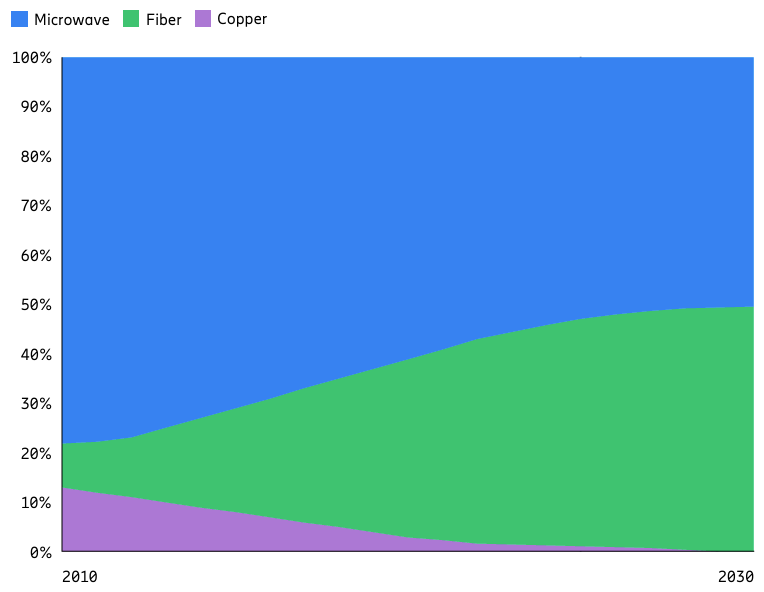
I read many papers during this year about the capabilities of microwave as a backhaul technology of 5G. I see also some claims that fiber is a mandatory technology for #5G backhauling due to the huge amount of data growth with the wider bandwidth in the spectrum in Sub-6GHz and mmWave which can exceed the 1Gpbs […]
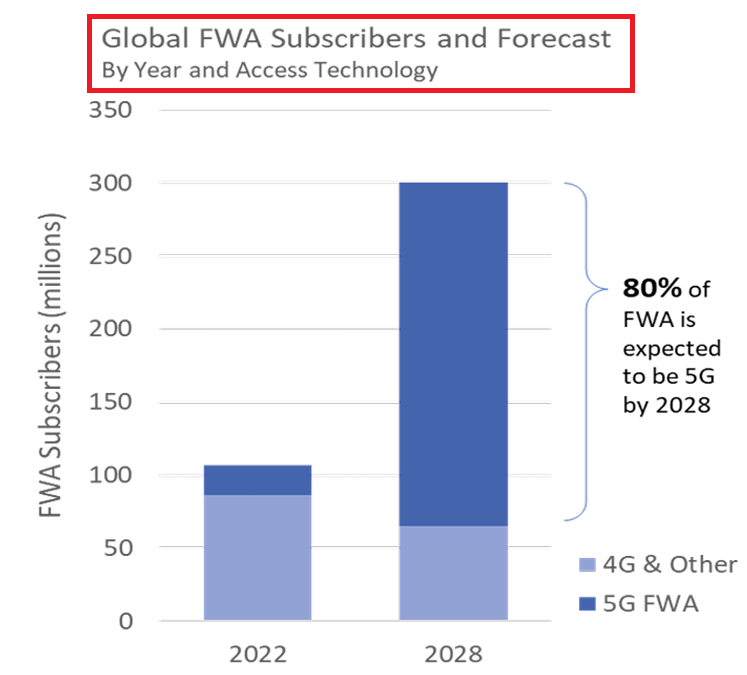
Fixed Wireless Access (FWA), a wireless link that provides connectivity to objects that are stationary or nomadic, will receive a boost thanks to improved 5G capabilities. The first 5G use case we highlight is FWA. The demand for high-speed broadband connectivity continues to grow exponentially, driven by the increasing reliance on digital technologies and the […]
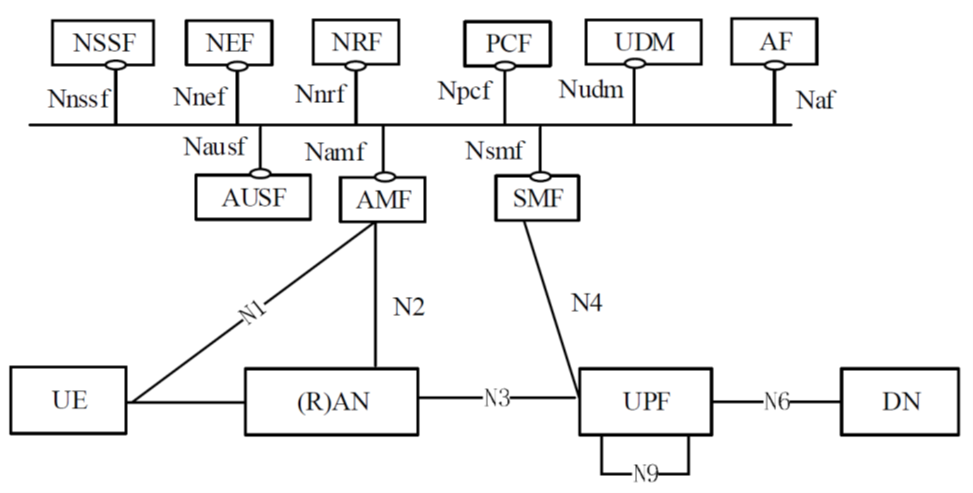
The 5GC architecture relies on a “Service-Based Architecture” (SBA) framework, where the architecture elements are defined in terms of “Network Functions” (NFs) rather than by “traditional” Network Entities. Via interfaces of a common framework, any given NF offers its services to all the other authorized NFs and/or to any “consumers” that are permitted to make […]
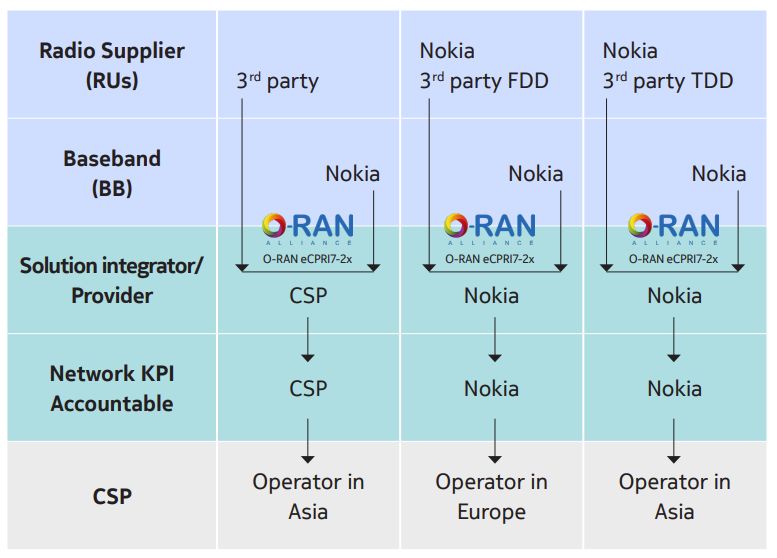
Nokia goes further into this OpenRAN game by opening its fronthaul interface with three 3rd party vendors now. Nokia has already integrated third-party TDD RRH from three suppliers with its Baseband, and the solution is available today. Nokia AirScale Baseband is qualified for commercial Open RAN deployments for both TDD RRH (FR1) and mmWave (FR2) […]
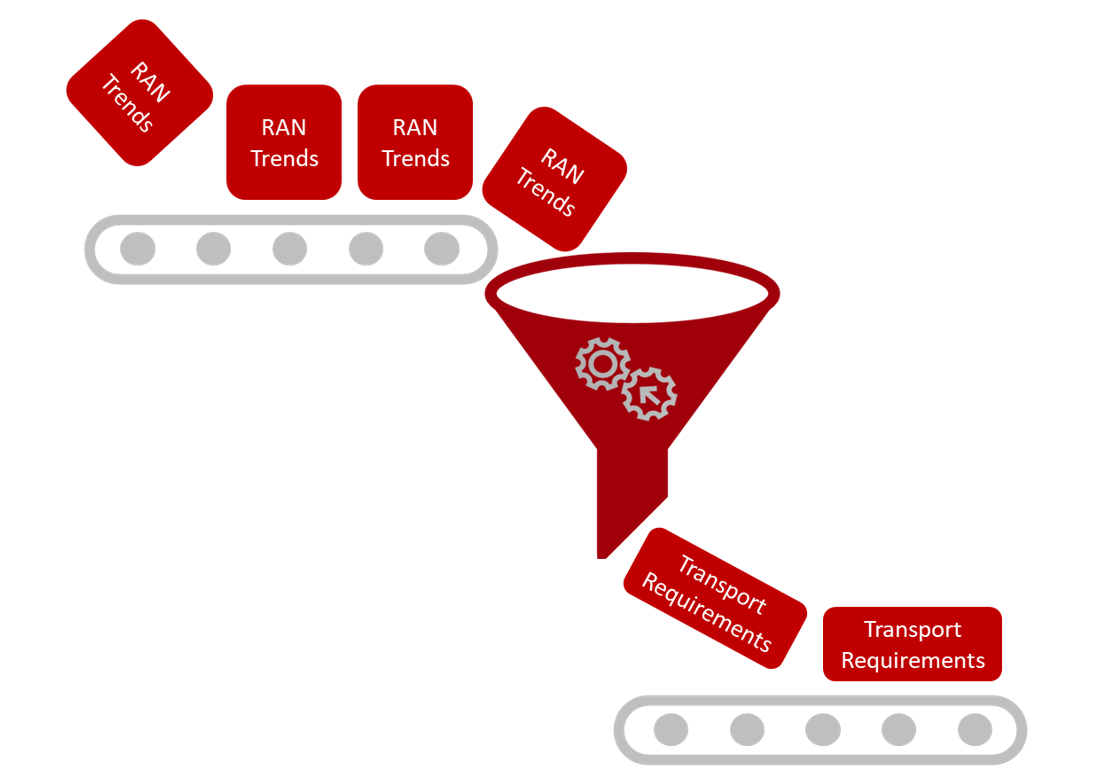
My telecom journey started 13 years ago in the access domain which more specifically we can call it RAN or Radio Access Network which mainly focuses is more towards Air interfaces including spectrum, RF elements, site components, RAN features, interfaces, protocols, …etc. However, in the last 7 years, I have seen a huge shift from […]
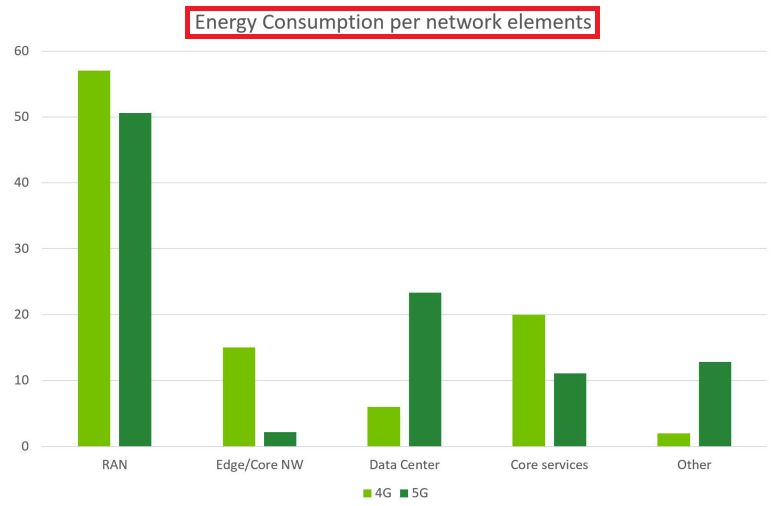
The fact of Sustainability in mobile networks starts with power reduction and meeting net-zero goals, and as we know wireless networks consume large amounts of resources, from electricity to raw materials. 📃 GSMA Intelligence published a report looking at network energy efficiency. It found that the RAN consumes 73% of the energy network operators use. 📃 Also, […]
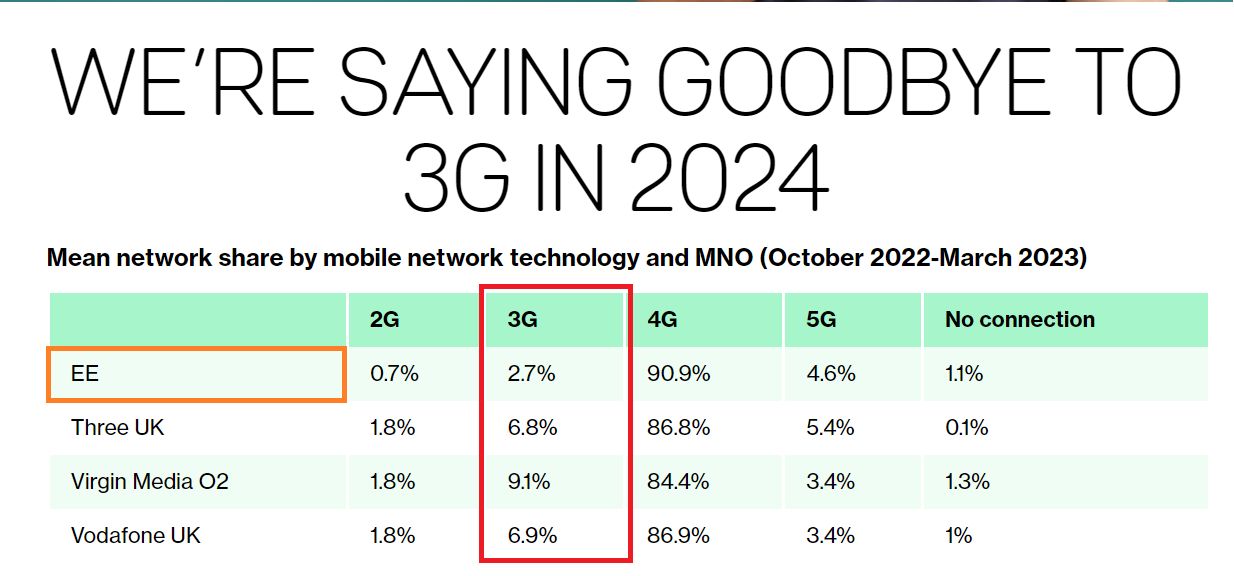
This is not the first time we discussed the 3G Shutdown or Sunset topic, however, this time the numbers will talk 🙂 All UK mobile network operators have committed to closing their 3G networks. Vodafone UK, like EE, is planning to switch off its 3G network in early 2024. Three UK is planning to sunset […]

If you’re a Telecom Engineer and Hungry, this article is for you 🙂 During my discussion with my non-telecom friend, he was asking about the Telecom tower’s radiation and how it’s radiating the signals to the mobile equipment and then asked about the radiation of MicrowaveOven! Here, I remembered when I searched for this topic 13 […]
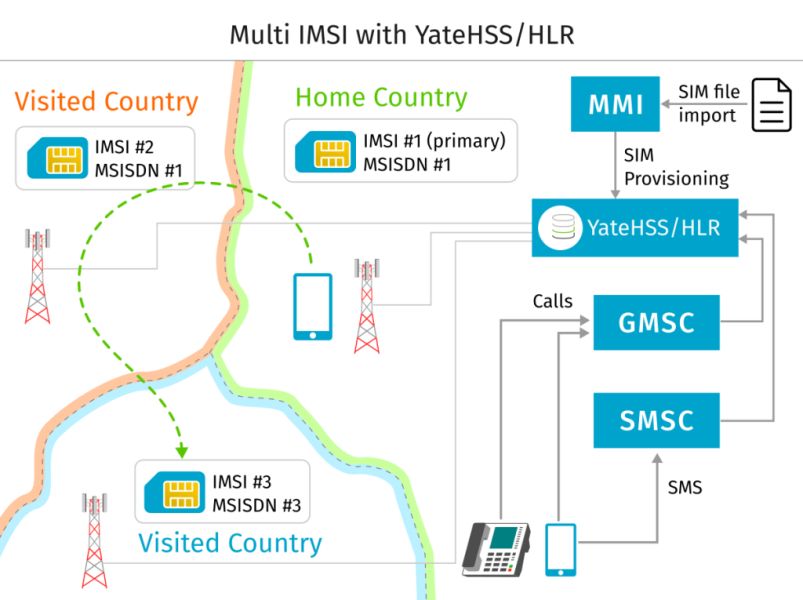
At a conceptual level, the SIM identifies the subscriber to the network and enables this identity to be securely authenticated. When a device connects to a network, the SIM in the device sends the network its IMISI, and then it passes the network a key. On the network side, there is a list of IDs and a […]
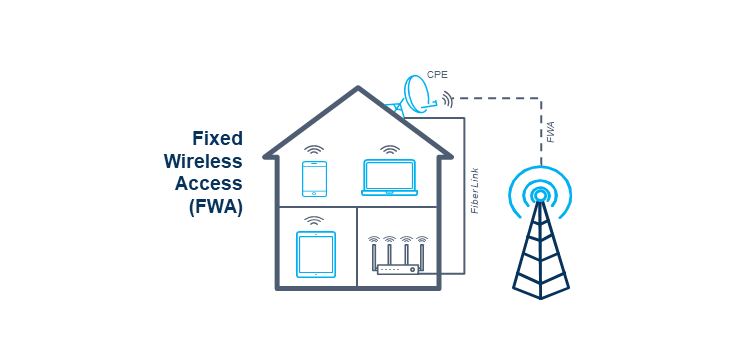
5G has made it possible for wireless networks to compete against fiber, satellite, xDSL, and cable in delivering high-speed broadband service to residences and businesses at attractive prices through FWA. What is FWA? Fixed Wireless Access (FWA) is a method of connecting subscribers to broadband Internet access using a wireless alternative to traditional copper cables and/or fiber. How does 5G […]
